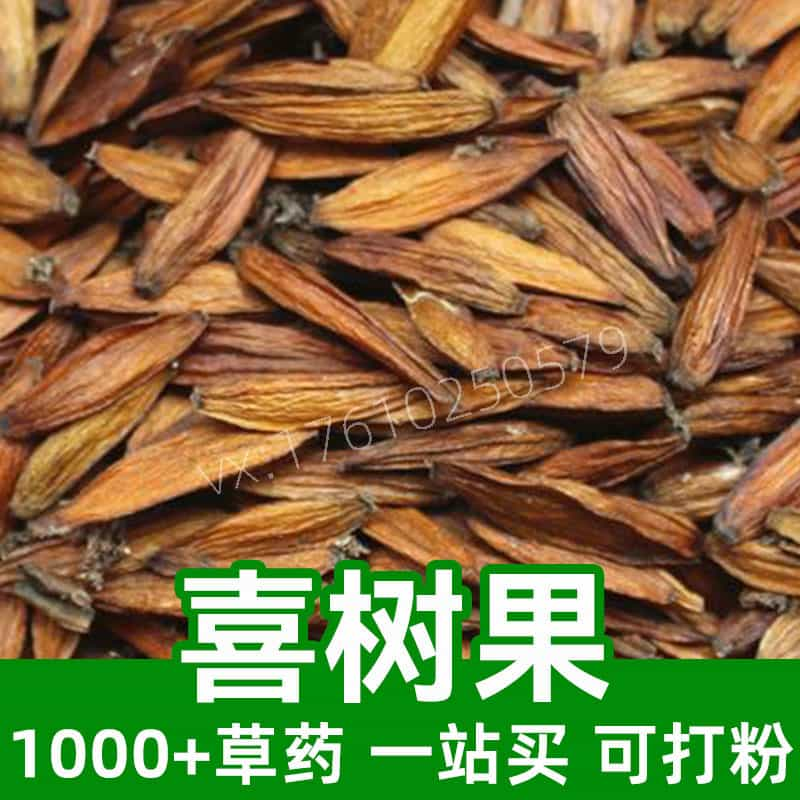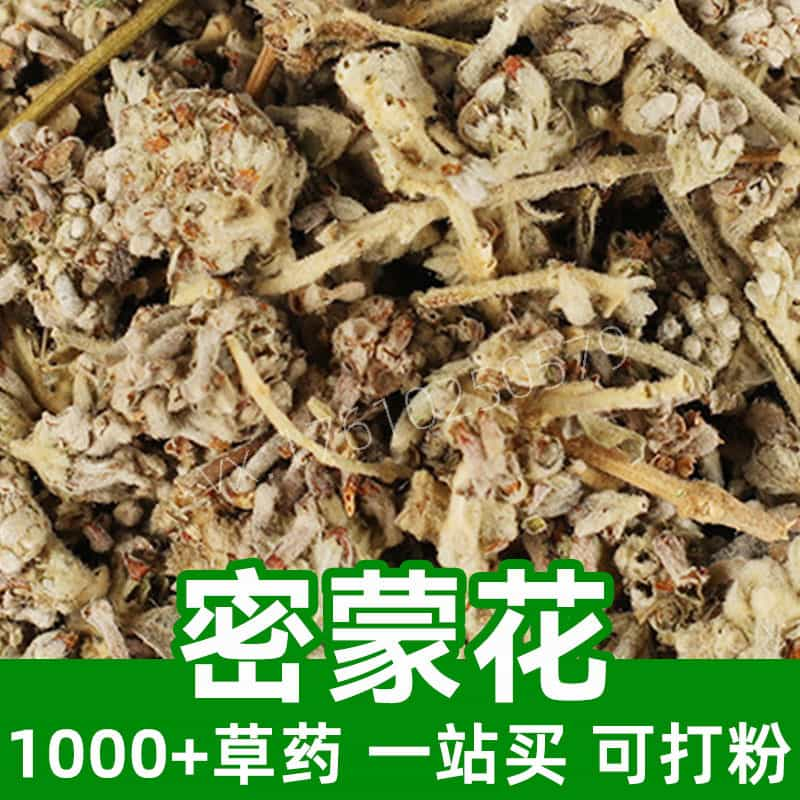Product Introduction
Konjac, scientifically identified as Amorphophallus konjac, is a perennial plant belonging to the Araceae family. Native to East Asia, particularly in humid regions of China, Japan, and Indonesia, konjac has been utilized for centuries in traditional food and medicine. The plant is primarily known for its large tuber, which contains glucomannan, a soluble fiber that swells in water, creating a gel-like consistency.
Commercially, konjac is processed into various forms, including flour, noodles (such as Shirataki noodles), and gelatinous foods. Its high fiber content contributes to its popularity in the health food sector, particularly for those monitoring calorie intake or seeking weight management solutions. Beyond culinary uses, konjac extracts are also employed in dietary supplements, praised for their potential satiety-inducing properties. While konjac has gained recognition for its health benefits, it is essential to approach its use with an understanding of appropriate dosages and applications, especially in the context of traditional Chinese medicine.
Main Active Ingredients
The primary active ingredient in konjac is glucomannan, a polysaccharide composed of glucose and mannose sugars. This water-soluble dietary fiber is responsible for many of konjac's prominent features, including its capacity to absorb water and impart a feeling of fullness, which can help in weight management.
Glucomannan works by forming a viscous gel in the stomach, slowing digestion and prolonging the feeling of satiety. This property has led to its incorporation into various food products such as low-calorie noodles and thickening agents in different dishes. Additionally, glucomannan may be beneficial for digestive health, offering potential support for bowel regularity.
Other noteworthy components of konjac include vitamins B and E, calcium, iron, and various trace minerals. However, it is essential to note that the concentration of these nutrients can vary depending on the processing of the konjac products.
Practical applications of glucomannan extend beyond nutritional benefits; it is utilized in the food industry as a thickener, stabilizer, and emulsifier. Moreover, research continues to explore the potential benefits of glucomannan in regulating blood sugar levels and cholesterol, although these areas require further study for conclusive insights.
Product Application Scenarios, Usage, and Dosage
In traditional Chinese medicine and the broader context of health and wellness, konjac's primary application lies in weight management and digestive health. Its high fiber content contributes to its role in appetite suppression, often used in meal replacements and dietary management programs.
Konjac is commonly consumed in the form of Shirataki noodles, which boast a low-calorie count while providing a satisfying texture. In cooking, the versatility of konjac allows it to be incorporated into soups, stir-fries, and salads.
Dosage and consumption of konjac-based products can vary significantly depending on the specific application. For supplement form, a typical serving of glucomannan is about 1–3 grams, taken before meals with plenty of water to enhance its effects on fullness and digestive health.
However, it is crucial to start with a lower dose, gradually increasing as tolerated while ensuring adequate hydration to prevent gastrointestinal discomfort. While konjac is generally considered safe, excessive consumption can lead to gastrointestinal issues such as bloating or diarrhea, so moderation is key.
In culinary applications, there are no strict guidelines for konjac dosage; it can be freely added to meals as desired. When experimenting with konjac, one might consider starting with one serving of Shirataki noodles, typically around 7–10 ounces per meal, and adjusting based on individual dietary needs and preferences.
Introduction to the Source Plant, Distribution, and Growth Environment
Konjac, or Amorphophallus konjac, is primarily found in the subtropical and tropical regions of Asia, where it grows in shades of green in forest undergrowth. The plant thrives in well-drained, moist, and rich soil, preferring moderately cool climates with abundant rainfall.
The konjac plant can reach a height of about 1 meter, and its signature feature is the large, umbrella-shaped leaf that dominates its structure. It typically grows from a bulbous tuber that can weigh several kilograms, enabling it to store nutrients effectively. This characteristic tuber, which develops during the growing season, is the harvested part of the plant that contains the valuable glucomannan fibers.
In terms of distribution, konjac is cultivated across various countries, including China, where it is primarily grown, and Japan, where it holds cultural significance in traditional dishes. Farmers often grow konjac at a lower density than other crops to allow ample space for tuber development, requiring careful soil management and pest control practices to ensure a healthy yield.
The growth cycle of konjac usually spans several months, during which the tuber absorbs nutrients from the soil, followed by a dormant period during colder months where the plant sheds its leaves. The cultivation of konjac plays a significant role in local economies, contributing to both subsistence and commercial agricultural practices.
Harvesting, Processing, and Storage
Harvesting konjac typically occurs in late autumn to early winter when the plant’s leaves have died back, indicating that the tubers have matured. Farmers carefully dig up the tubers, mindful of their substantial size, and take care to minimize damage. Once harvested, the tubers are usually processed swiftly to prevent spoilage.
The processing of konjac involves several steps, including washing, slicing, and drying the tubers. They can be sun-dried or mechanically dried, after which they might be ground into konjac flour. This flour is widely used in food production, serving as the base for various konjac products, including Shirataki noodles or other gelatin-like food items.
Once processed, konjac products should be stored in a cool, dry environment to maintain their quality. The flour, for instance, can be kept in airtight containers to protect it from moisture and heat, preserving its shelf life. Similarly, ready-to-eat konjac products should be refrigerated to ensure freshness, with some products having a shelf life of several months or even longer when packaged properly.
In summary, effective harvesting, processing, and storage are crucial in retaining konjac's beneficial properties and quality, ensuring that consumers access the full range of benefits this unique herbal product offers. Proper handling not only extends the product’s usability but also enhances its culinary adaptability and healthful attributes.
Monica Sun is a seasoned expert in the natural raw materials industry, with over a decade of experience specializing in traditional Chinese medicinal herbs, spices, and fungi. She is skilled in the sourcing, processing, and application of these materials, emphasizing sustainability and innovation. Monica Sun has contributed to the development of high-quality natural raw materials that serve as essential components in functional foods, pharmaceuticals, and cosmetics, delivering tailored solutions to meet diverse market needs.












